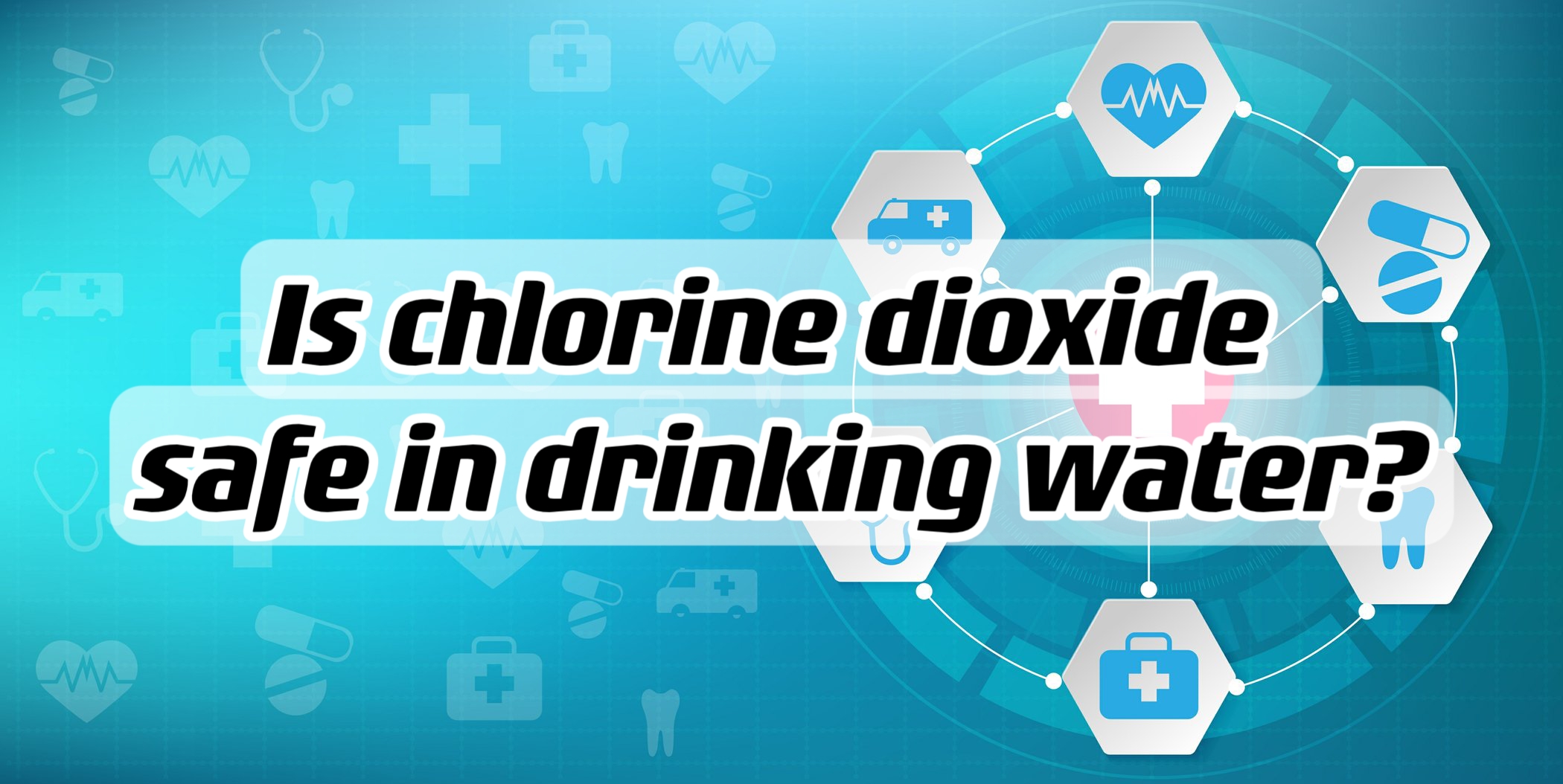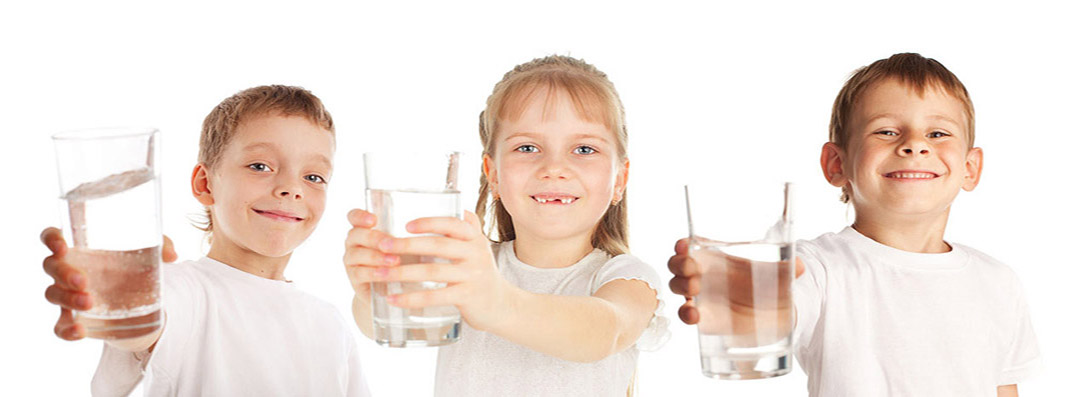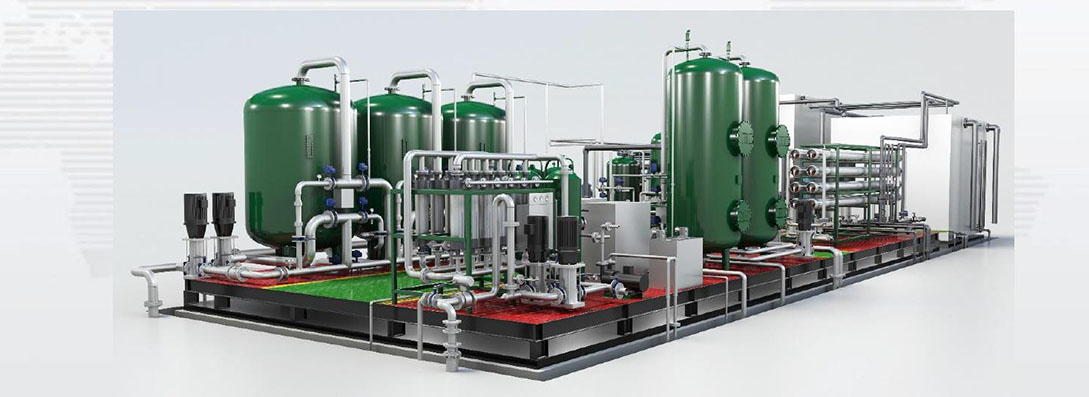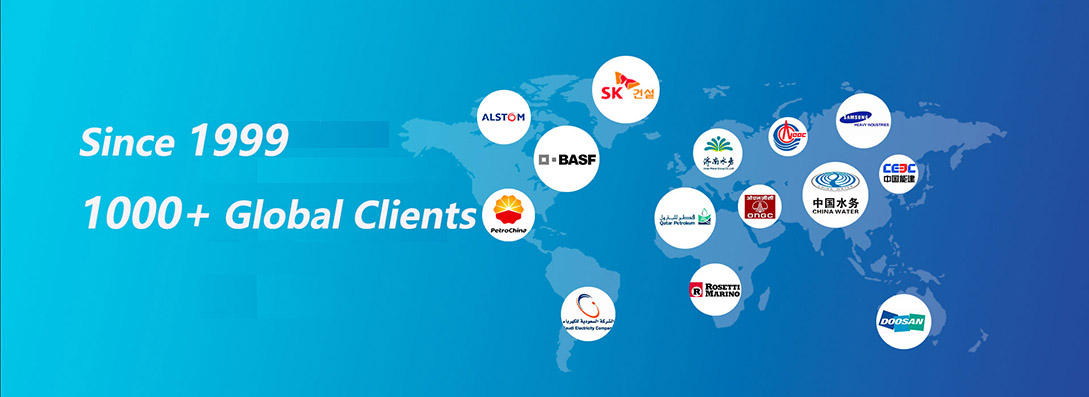Is chlorine dioxide safe in drinking water?

Chlorine dioxide is a powerful disinfectant that is commonly used to treat drinking water. When used properly, it can effectively kill harmful bacteria, viruses and other microorganisms that may be present in the water. However, the safety of chlorine dioxide in drinking water depends on a few factors.
First, it is important to ensure that the concentration of chlorine dioxide in the water is within safe limits. The US Environmental Protection Agency (EPA) has set a maximum contaminant level (MCL) of 0.8 milligrams per liter (mg/L) for chlorine dioxide in drinking water. This level is considered safe for most people to consume on a regular basis.
Second, it is important to ensure that the chlorine dioxide is not reacting with other chemicals in the water to form harmful byproducts. When chlorine dioxide reacts with certain organic compounds, it can form disinfection byproducts (DBPs) such as trihalomethanes (THMs) and haloacetic acids (HAAs), which have been linked to health risks such as cancer and reproductive problems. Therefore, it is important to monitor the levels of DBPs in the water and take steps to minimize their formation.
Finally, it is important to note that some people may be more sensitive to chlorine dioxide than others. People with certain medical conditions, such as asthma, may be more susceptible to respiratory symptoms when exposed to chlorine dioxide. Therefore, it is important to consult with a healthcare professional if you have concerns about the safety of chlorine dioxide in your drinking water.
Application
Contact Us

Name: Diana
E-mail: [email protected]
Skype: +86-15-22-27-71-011
WeChat: +8615222771011
Whatsapp: +8615222771011
Add: Office N.420D-C1 Tower Ajman,UAE









 Skype Chat
Skype Chat WhatsApp
WhatsApp  Mail inquiry
Mail inquiry
